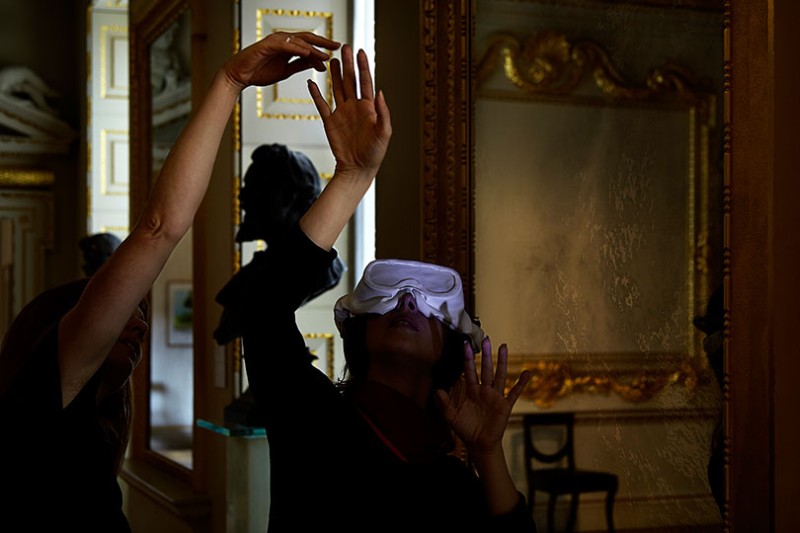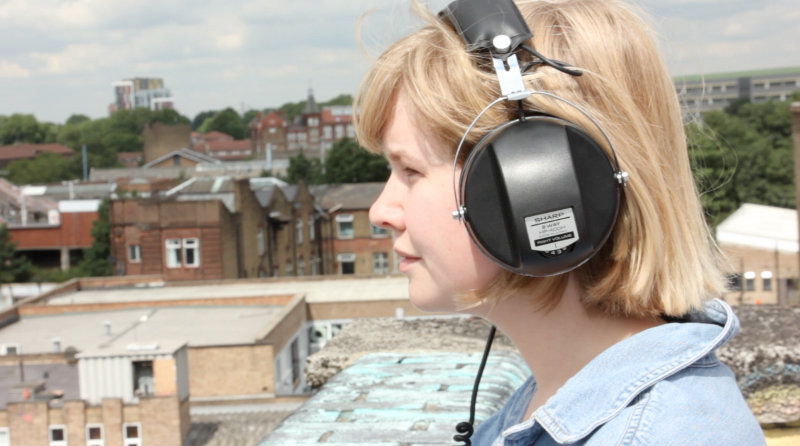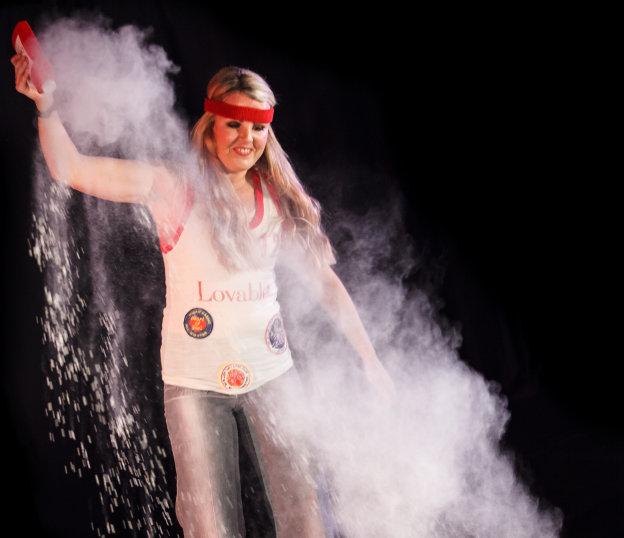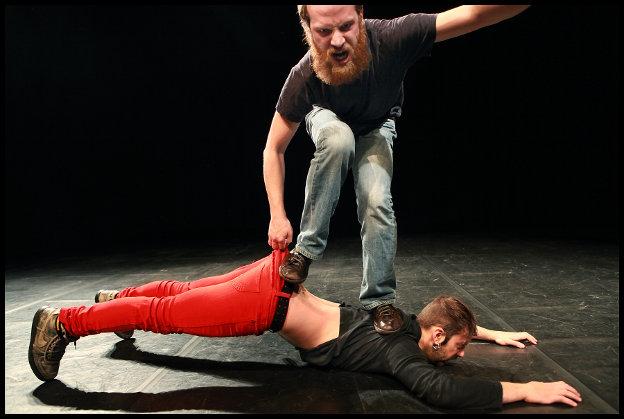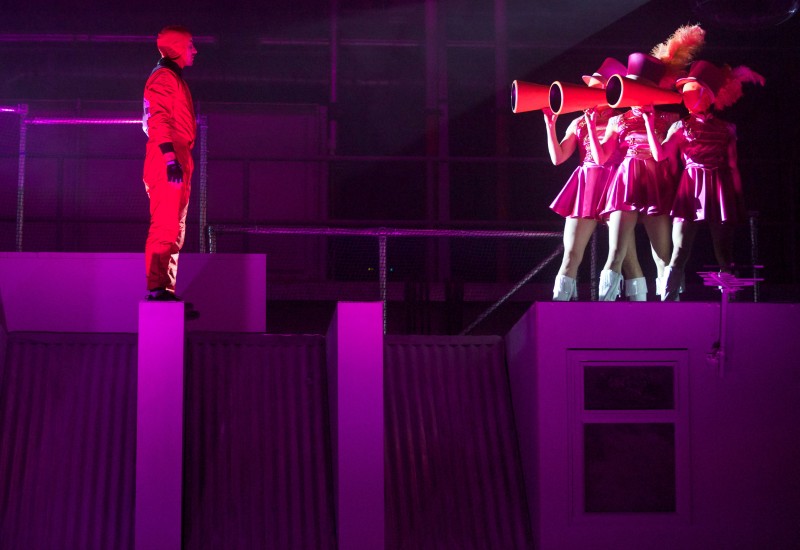 Much like the computer technology that runs, powers, and gives users access to them, the world of video games has developed at a breathtaking pace when one considers its short linear history. Endless worlds that were only recently limited to power-hungry PCs spread across multiple households for online role play are now matched, and in some cases surpassed, by a generation of home consoles capable of delivering groundbreaking graphic detail and orchestral scores. No longer the niche hobby of a select few, these machines have enabled a far wider audience to become accustomed to games with blockbuster budgets surpassing some Hollywood films. Indeed, one only has to look at the freedom and scope of the most recent two iterations of the infamous Grand Theft Auto series to understand the potential extent of the worlds that game designers can create; lands where the attention to detail is so far ranging that cities, full of culture and interaction, are commonplace.
Much like the computer technology that runs, powers, and gives users access to them, the world of video games has developed at a breathtaking pace when one considers its short linear history. Endless worlds that were only recently limited to power-hungry PCs spread across multiple households for online role play are now matched, and in some cases surpassed, by a generation of home consoles capable of delivering groundbreaking graphic detail and orchestral scores. No longer the niche hobby of a select few, these machines have enabled a far wider audience to become accustomed to games with blockbuster budgets surpassing some Hollywood films. Indeed, one only has to look at the freedom and scope of the most recent two iterations of the infamous Grand Theft Auto series to understand the potential extent of the worlds that game designers can create; lands where the attention to detail is so far ranging that cities, full of culture and interaction, are commonplace.
Gaming in 2014 is about possibility, freedom, its illusion, chaos theory, community, and to some extent a battle between structure and deconstruction. It is therefore sad that The Roof, a 360-degree dance work that would have been perfectly placed to engage with some of these questions and conflicts, retreats to pedestrian enquiries around existence, repetition, and belonging, as seen from the point of a gaming avatar. While there is certainly relevance to this conceit, as achieved most notably in 2012 by the Disney post-modernist animation Wreck-It Ralph, the exploration here feels lazy and misjudged.
As an audience we stand incongruously in an external gravel car park behind the National Theatre in London, while about a storey above and all around us is a platform, scenographically designed to appear like a basic grey rooftop. We then watch as our protagonist, an avatar distinguished by a red jumpsuit and a number, portrayed by a single dancer, explores this platform. A brief humorous period of acclimatisation takes place; through trial and error he becomes accustomed to his landscape, losing a couple of ‘lives’ along the way. As he progresses through the ‘levels’, his skill set develops, as does his desire to fight against this cycle of repetition. The structure of the landscape refers to the platform genre of the 80s and 90s, yet the movement of the avatar, reminiscent of free-running parkour, draws instant parallels to more recent gaming developments as witnessed in Assassin’s Creed or Mirror’s Edge. This clash of references, alongside the 8-bit Space Invaders that are pasted onto the set design, fuels the general sense of confusion behind the work: is this a struggle between being trapped and trying to break free? If so, the protagonist avatar never truly evolves. There are dalliances with violence, love and competition, while the ‘in-game’ monsters surreally evolve from being representative of external to internal fears. But the game we witness never changes and ultimately becomes a victim of its own paucity of enquiry: stagnant, repetitive, predictable. Assumptions about what games can be are made without understanding that game designers have long since taken avatars off the rails that locked in the experience. While, where existential analogies could have been made through a retrospective lens, the mixed references of styles and eras simply do not logically match up to create any sense of thought-through commentary.
The open air environment, watching a dusky London summer sky change to night, planes flying overhead, clouds shifting, and lights changing in the surrounding buildings, created more drama and engagement than the performance itself. The architecture of our environment housed a sense of anticipation, but the event never managed to surpass it, and so simply drowned in its own lack of spectacle. The dancers themselves are all highly skilled and their ability to stay on cue to the foley effects was very impressive. While the audience’s wireless headphones, delivering the soundtrack to each individual, did help to engage with ideas of isolation and shared community, ultimately the soundscape much like the show did little to excite. Notably here the audio clips of shouts of encouragement, caring, or empathy for our avatar, that one assumes represented an unseen online community, stood in stark contrast to the audience present, resulting more in awkwardness than anything else.
The Roof could offer so much, the setting speaks to ideas of excitement and visual spectacle, while the notions of gaming could be excitingly relevant and its referents uncluttered. The existential ideas should have been more powerful, free running itself vs. structure is obvious in its innate query, and the narrative of the protagonist needed some sense of powerful personal journey. Even a sense of political commentary on freedom, illusion, and chaos could have come through but the execution failed to even live up to the company’s own online teaser video that seemed to say so much more about an existence in a modern landscape.


